41 calculate glycemic index food labels
Glycemic Index (GI) Calculator - Free Online Calc Calculate Glycemic Index (GI) for Selected Food: -Low (GI) Food has a rating of 55 or less. -Medium (GI) Food has a rating of 56-69. -High (GI) Food has a rating of 70 or more. Glycemic Index - Diabetes Australia Low GI foods are foods with a GI less than 55. Intermediate GI foods are foods with a GI between 55 and 70. High GI foods are foods with a GI greater than 70. The recommendation is to eat more low and intermediate GI foods, not to exclude high GI foods. The GI is only a small part of the healthy eating plan for people with diabetes.
How to Read Food Labels & Count Carbs | Allulose Keep a Check on Protein, Carbs and Sugars. As additional nutrients, most Americans get enough protein, but the Academy of Nutrition and Dietetics recommends consumers eat only moderate portions of lean meat, poultry, fish, eggs, low-fat milk, yogurt and cheese, along with beans, peanut butter and nuts. Carbohydrates can come from sugars ...
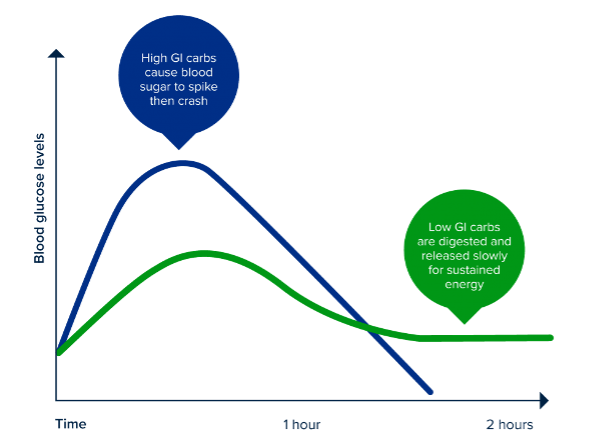
Calculate glycemic index food labels
Learn to Calculate Glycemic Index | Bauman College The math is simple. To assess how a packaged food will affect your blood sugar, find the carbohydrate number in the label, subtract the grams of fiber and sugar alcohols. Your result will be the grams of digestible carbohydrates. The higher the number the bigger the effect on blood glucose. carbohydrate - grams of fiber (and sugar alcohols) = How to Calculate Glycemic Load - dummies 72 x 36 = 2,592 / 100 = 26 glycemic load To find the amount of available carbohydrates in packaged foods, simply check the nutrition facts label. Figuring out what the numbers mean Knowing how to calculate the glycemic load of a food is great, but it's not quite enough. The end measurement is what's most important to know. Glycemic Index Chart for Common Foods - Verywell Health Remember that a low GI is a food that won't raise your blood sugar as much as a food with a medium or high GI. 1. Low GI: 55 or less. Medium GI: 56 to 69. High GI: 70 to 100. For example, rice milk (a processed food without any fiber) has a high GI of 86, while brown rice (plenty of fiber) has a medium GI of 66.
Calculate glycemic index food labels. Can One Tell Exactly what the Index List Is as simple as Studying a ... The glycemic index, or GI, is a method of ranking foods, from 0 to 100, based on how they influence your blood sugar levels.You will not be able to gather the glycemic index value from reading the nutrition information label on a food package because it is not listed. How to calculate the glycemic index from food labels? After calculating the proportion of carbs, multiply it with the standard glycemic index of the components. You can easily locate the standard GI on the GI table. Now, add up the results of the components obtained in step 3 to have a total GI score. Conclusion - How to calculate the glycemic index from food labels? How do I calculate the glycemic index from a nutrition label? Glycemic Index The glycemic index is a way to measure how 50 grams of carbohydrate of a certain food will cause your blood sugar levels to rise. The higher the number on the glycemic index (1-100), the more rapidly the carbohydrate is converted into sugar. Rapid glucose conversion is something you want to avoid, as your body performs best How to Calculate Glycemic Load: 10 Steps (with Pictures) - wikiHow Health Then, divide the result by 100 to find the glycemic load. [8] For example, tomatoes have a GI of 38 (low). [9] 1 cup (149 g) of cherry tomatoes has 5.79 g of carbohydrates. Your tomatoes have a GL of 2.202: Method 2 Using Glycemic Load to Manage Your Diet 1 List the foods you eat on a regular basis.
PDF Glycemic index and glycemic load for 100+ foods - OSU Extension Service The complete list of the glycemic index and glycemic load for more than 1,000 foods can be found in the article "International tables of glycemic index and glycemic load values: 2008" by Fiona S. Atkinson, Kaye Foster-Powell, and Jennie . rand -Miller in the December 2008 issue of Diabetes are, Vol. 31, number 12, pages 2281-2283. Calculating meal glycemic index by using measured and published food ... ABSTRACT. Background: Glycemic index (GI) testing is normally based on individual foods, whereas GIs for meals or diets are based on a formula using a weighted sum of the constituents. The accuracy with which the formula can predict a meal or diet GI is questionable. Objective: Our objective was to compare the GI of meals, obtained by using the formula and by using both measured food GI and ... How to Calculate the Glycemic Index | livestrong Multiply 0.46 by 83 to get 38.18. For the orange juice, multiply 0.54 by the GI of 46 to get 24.84. Step 4 Add the results of Step 3 together. In this example, add 38.18 and 24.84 to get the sum of 63.02, which is the total glycemic index of the meal. Things You'll Need Glycemic index table or database Calculator Pencil and paper Tip What are Glycemic Index and Glycemic Load - Bel Marra Health Your food labels provide a lot of information, but two vital categories - glycemic index and glycemic load - should be more closely examined. FREE SHIPPING ON Orders OVER $59+ Call Us:1-866 ...
Glycemic Index: What It Is and How to Calculate It - Simple.life Blog Glycemic Load is a correction tool that gives you a more realistic picture of how food will influence your blood sugar. The formula looks like this: GL = (GI/100) x (net grams of planned carbohydrate) This calculation is a combination of portion size and glycemic index to give you a clearer picture of how the food will impact your blood sugar. How to Read Nutrition Labels for Low-Glycemic Shopping Although nutrition facts labels include data on total carbohydrates and sugars, that doesn't give you much to go on as far as glycemic load. To determine that, you really need to know what the food is made up of. For instance, if you find whole-grain bread, you need to know what grain was used to make it — wheat, oats, or millet. Food Labels | CDC - Centers for Disease Control and Prevention Check the Serving size first. All the numbers on this label are for a 2/3-cup serving. This package has 8 servings. If you eat the whole thing, you are eating 8 times the amount of calories, carbs, fat, etc., shown on the label. Total Carbohydrate shows you types of carbs in the food, including sugar and fiber. Glycemic Index Calculator This tool can be very useful when it comes to analyzing the effects of the food we eat on our blood sugar levels. It is based on an elaborated database containing glycemic values for aliments in various categories: fruits, vegetables, legumes, nuts, grains, pasta, bread, bakery products, dairy, meals, sugar types, treats and beverages.
What Is Glycemic Index? - Academy of Nutrition and Dietetics The carbohydrate content of the actual serving is multiplied by the food's GI, then that number is divided by 100. So for a cup of beets, the GL would be: 13 times 64 = 832 divided by 100 = a GL of 8.3. As a frame of reference, a GL higher than 20 is considered high, between 11 and 19 is considered moderate, and 10 or less is considered low.
How to Calculate Glycemic Index The result you obtained You can determine this by dividing the total gram of carbs with each component's grams inside the meal. For instance, if we consider the same previous example, then a meal with orange juice and oatmeal's has 48g of carbs. You can divide the carbs in each (orange juice and then oatmeal separately) with 48g of carbs.
Glycemic Load Calculator Glycemic index must be determined in laboratory conditions for each and every food, while glycemic load uses GI value and is determined using the following formula: GL = GI * carbs / 100. where: GL - glycemic load; GI - glycemic index; and. carbs - the amount of carbohydrates in the portion. As you can see, you need to know the glycemic index ...
How to Calculate the Glycemic Load of Your Meal: 11 Steps - wikiHow Find the glycemic load of the meal. Take the total glycemic value of the meal from step 7 and multiply it by the net carbs of the meal from the previous step and then divide your answer by 100. Example: 55.53 (GI value) * 39 (net carbs) = 2165.67 2165.67 / 100 = 21.66 (rounded) 11 All done! You now know the glycemic load of the meal.
Can I Tell What the Glycemic Index Is by Reading a Food Label? Carbohydrate Content The glycemic index score indicates how quickly and how much the carbohydrates in a food are likely to increase your blood sugar levels. Foods that have a higher carbohydrate content per serving will have more of an effect on blood sugar levels than those with only a small amount of carbohydrates.
Carbohydrate Counting, Glycemic Index, Glycemic Load If a person's blood glucose level is elevated, the glycemic index of a food is lower than normal, and if a person's blood glucose is low, the glycemic index of the food goes up. Glycemic load In general, a serving of food with a glycemic load of 1—10 is considered to have a low glycemic load, 11—19 is a medium glycemic load, and 20 or ...
Reading Food Labels | GI Foundation To find out which foods carry the GI Symbol click here. Health Star Rating System (HSR) This voluntary Australian Government front-of-pack labelling system rates the overall nutritional profile of packaged food, from ½ a star to 5 stars. The more stars, the healthier the choice. All GI Symbol products have a 3.5 star rating or higher.
Glycemic Index Calculator The Glycemic Index (GI) is a scale from 0 to 100 that corresponds to how much a carbohydrate raises a person's blood sugar level by after eating. Pure glucose is given a value of 100, which represents the relative rise in the person's blood glucose level two hours after consuming it.The glycemic index definition was introduced in 1981, and it is commonly used to help people with diabetes to ...
Glycemic Index Calculator - Which Foods are High on GI Index? By ShapeFit Fitness Calculators The glycemic index (GI) is a scale which ranks carbohydrate based foods based on how they affect blood glucose levels, by comparing them to glucose. The glycemic index measures how much your blood sugar level increases after eating certain foods. Result Glycemic Index for Selected Food : JOIN OUR NEWSLETTER
Glycemic Index: How to Determine High vs Low Glycemic Foods - WebMD Look for the glycemic index on the labels of packaged foods. You can also find glycemic index lists for common foods on the Internet. Oregon State University has one with more than 100. Or ask ...
Glycemic Index Chart for Common Foods - Verywell Health Remember that a low GI is a food that won't raise your blood sugar as much as a food with a medium or high GI. 1. Low GI: 55 or less. Medium GI: 56 to 69. High GI: 70 to 100. For example, rice milk (a processed food without any fiber) has a high GI of 86, while brown rice (plenty of fiber) has a medium GI of 66.
How to Calculate Glycemic Load - dummies 72 x 36 = 2,592 / 100 = 26 glycemic load To find the amount of available carbohydrates in packaged foods, simply check the nutrition facts label. Figuring out what the numbers mean Knowing how to calculate the glycemic load of a food is great, but it's not quite enough. The end measurement is what's most important to know.
Learn to Calculate Glycemic Index | Bauman College The math is simple. To assess how a packaged food will affect your blood sugar, find the carbohydrate number in the label, subtract the grams of fiber and sugar alcohols. Your result will be the grams of digestible carbohydrates. The higher the number the bigger the effect on blood glucose. carbohydrate - grams of fiber (and sugar alcohols) =

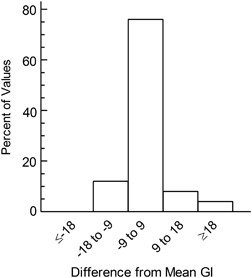




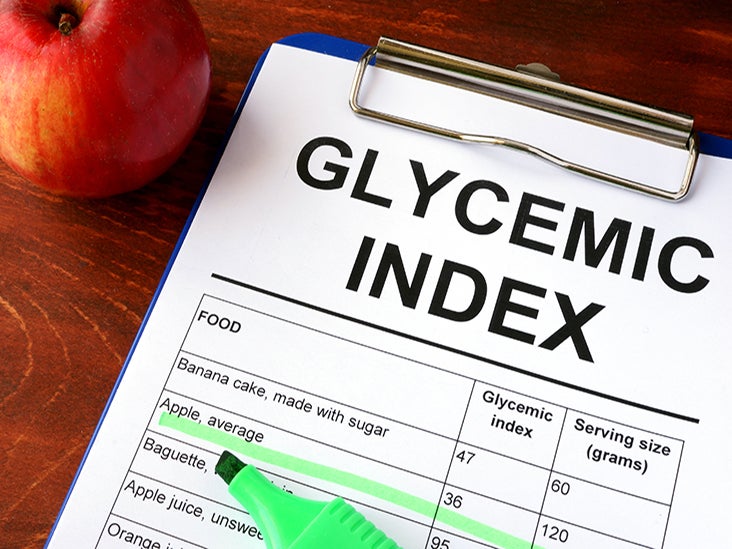



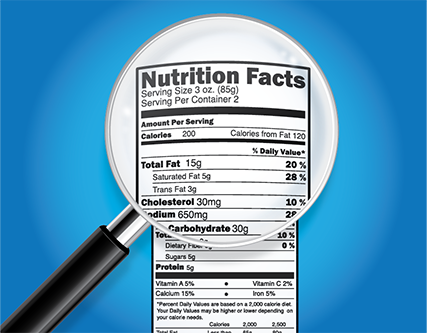





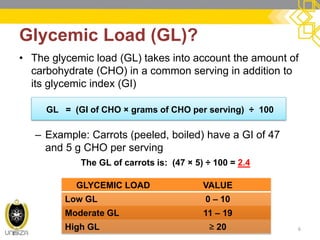
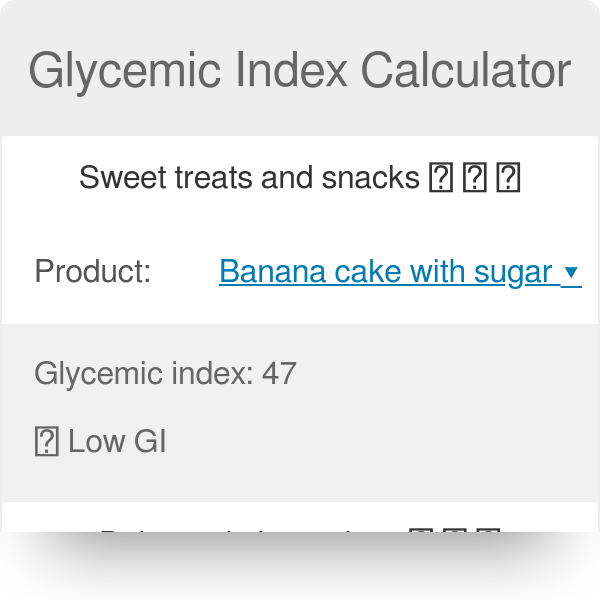

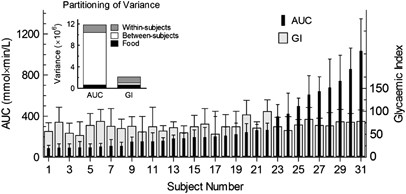






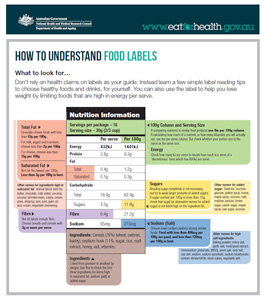


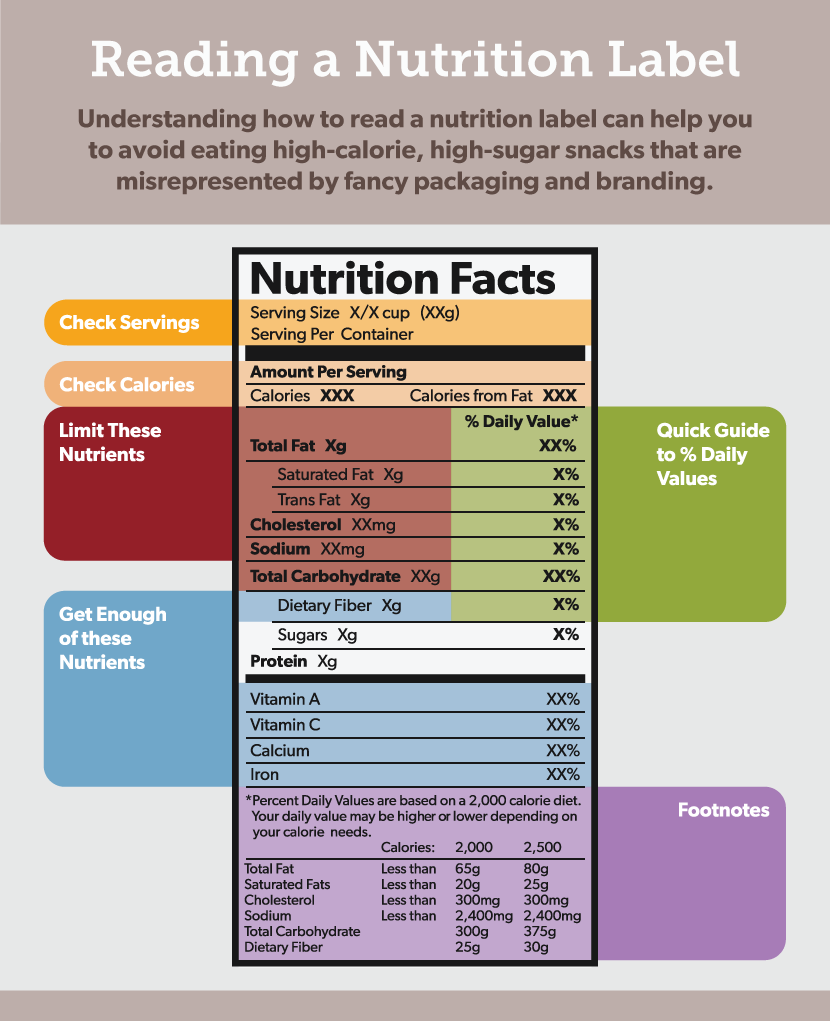

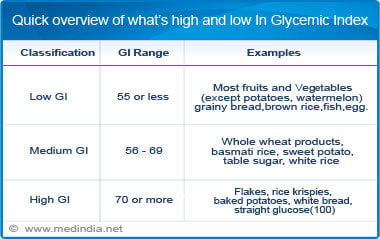



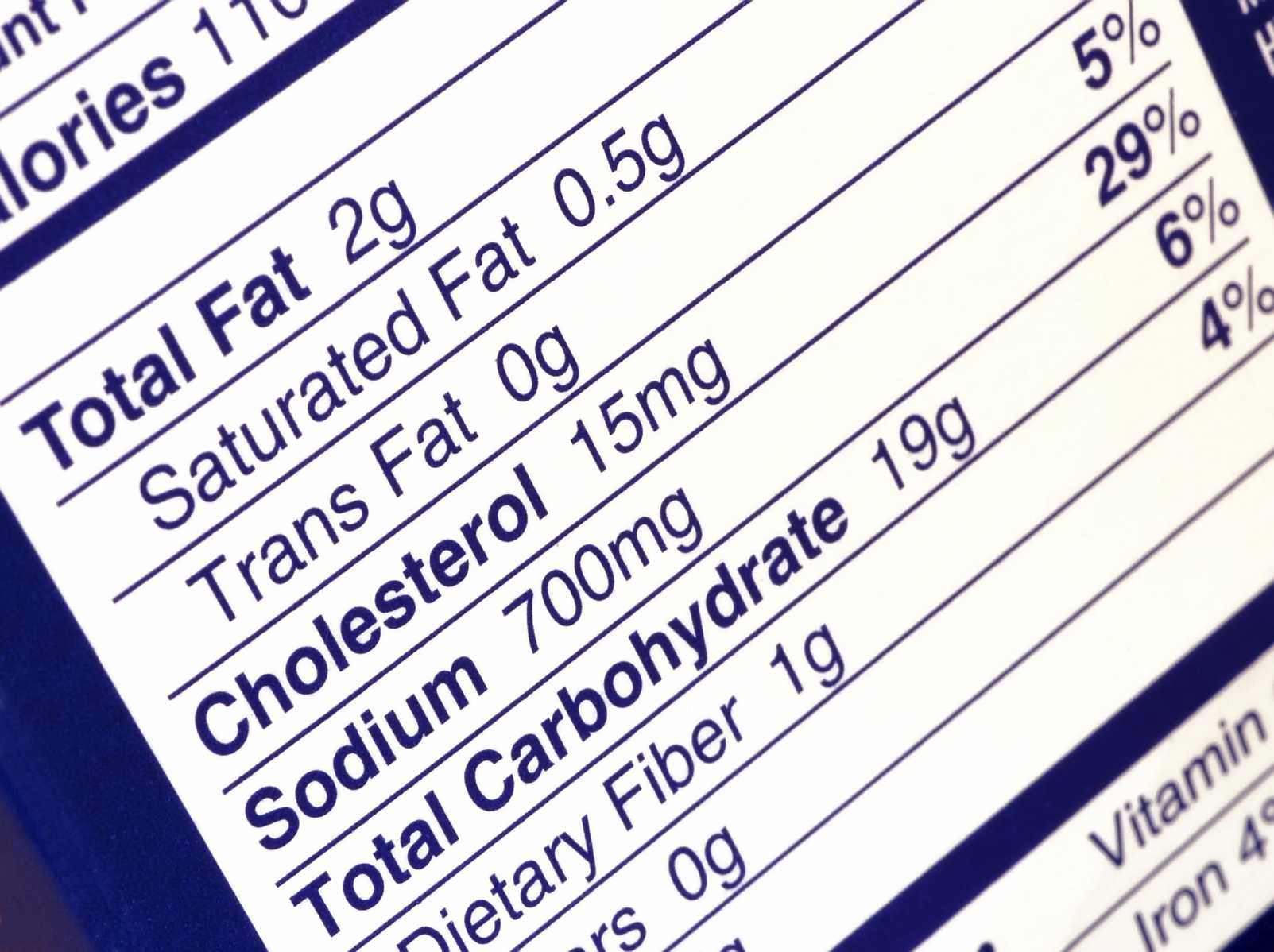
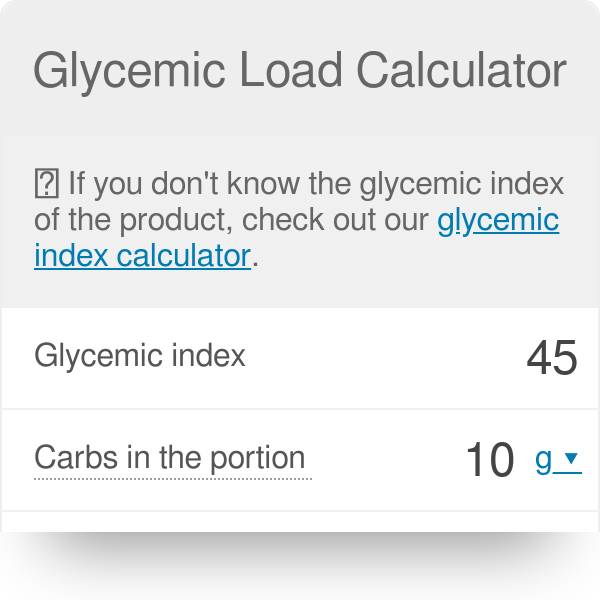
Post a Comment for "41 calculate glycemic index food labels"